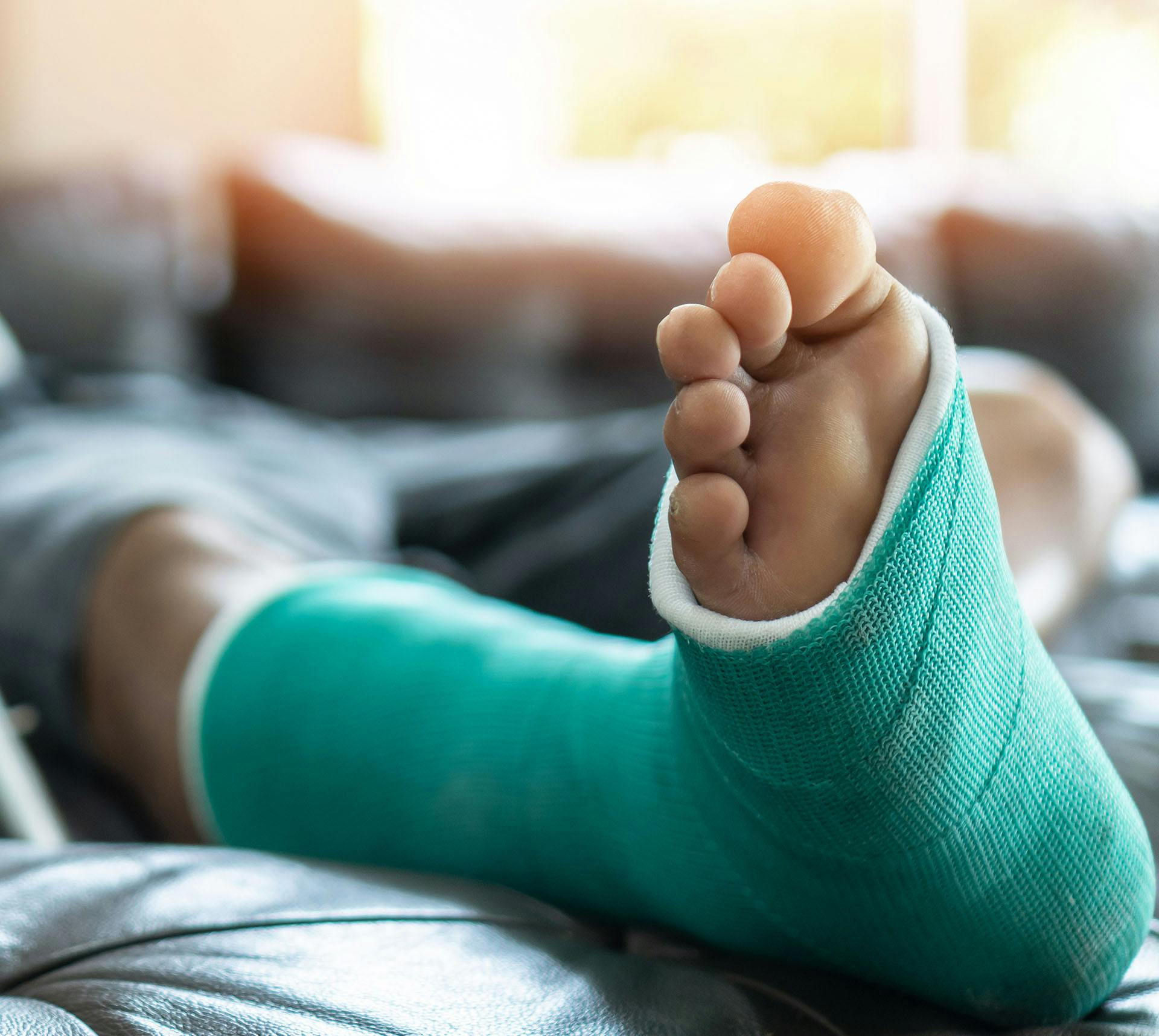Fractures
Fractures can be caused by direct blows, twisting injuries or falls. Fractures are often easy to diagnose because there can be an obvious deformity. At times, however, fractures cannot be easily diagnosed. It is important for the physician to take a history of the injury to decide what potential problems might exist. Moreover, fractures don’t always occur in isolation, and there may be associated injuries that need to be addressed. The type of force applied on a bone very often determines the type of resulting injury.
Descriptions of fractures can be confusing, but are based upon:
- Where the break occurs,
- How the bone fragments are aligned, and
- Whether any complications exist.
The first step in describing a fracture is whether it is open or closed. If the skin over the break is disrupted, then an open fracture exists. The skin can be cut, torn or abraded (scraped), but if the skin’s integrity is damaged, the potential for an infection to get into the bone exists. Since the fracture site in the bone communicates with the outside world, these injuries need to be cleaned out aggressively and many times require anesthesia in the operating room to do the job effectively.






